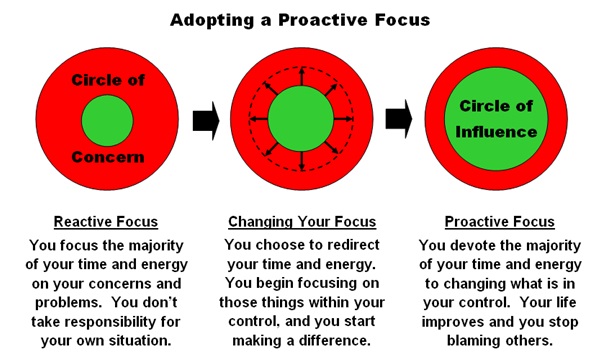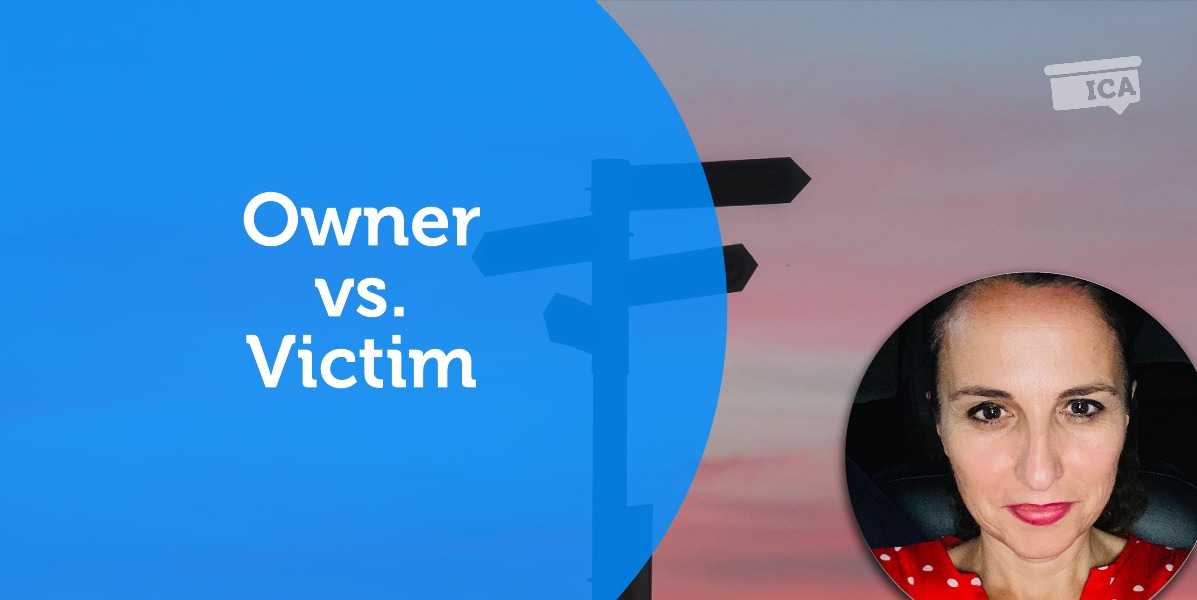A Coaching Power Tool Created by Maria Belen Rodriguez de Alba
(Expat Coach, Transition Coach, SWITZERLAND)
My story/the departing situation
I am a lawyer with an international career and a mother of two children. In 2017, I entered a compulsory organizational mobility program, whereby I had to change the country’s duty station. I had little choice over the destination but to select from a list of dangerous non-family destinations, except for three or four family-friendly ones. The entire process lasted from January through December. I went through all sorts of state of mind, had serious appendicitis, and several other minor health conditions. The journey of portraying myself as a victim started right there. In December I was informed I would stay in my current position as no matching position had been found for me. It was a relief and yet, I felt prisoner of somebody else’s decisions.
In June 2019, a year and a half later, I was informed in writing of a promotion within my organization. I happily accepted it but ten minutes later, I received a phone call informing me that it was a mistake and that I was not the person who had been retained for the position. The journey of portraying myself as a victim got at its highest moment. I started practicing lots of sport to combat the stress caused by two years of uncertainties. As a result, I was diagnosed with gluteal tendinitis. It was only at that moment that I decided to stop and commence an introspective journey. I did not want to feel powerless, I did not want to feel a victim anymore. I wanted to have a life based on my own choices, my own decisions.
The dynamics
As Doreen Milano, CBC, and founder of Visions for Excellence define, there are two very powerful mindsets we all have: Owner and Victim. In a simple explanation of both terms, Owners choose, victims have things happen to them. The owner mindset is very different from the victim mindset. Owners make things happen, victims wait to see what will happen. Owners do the most important thing they commit, victims try.
From the VICTIM’s role, one feels that I have no influence on the things that happen to me, that I have no control. Everything that happens to me depends on external circumstances. The responsibility for both the positive and the negative is on the outside. The usual thing is to live in resentment (“you didn’t let me do it”) or in resignation (“this is how it is and I can’t change it”). From this approach, I am a “victim” of the circumstances, depending on the external factors. The perception that events occur as a result of chance, fate, luck, or the power and decisions of others predominates. It is the perception that events have no relation to one’s performance, that is, that events cannot be controlled by one’s effort and dedication. Such a person is characterized by attributing merit and responsibility primarily to other people.
This could be seen as a linear mindset.
The shift
As Leyla Acaroglu, founder of Disruptive Design explains, systems thinking requires a shift in mindset, away from linear to circular. The fundamental principle of this shift is that everything is interconnected. We talk about interconnectedness not in a spiritual way, but in a biological sciences way. In many cases when you take one part of the system away it ceases to function, such as taking the wheels off a car or removing a vital organ from a body. It’s the interconnectedness that makes a system work, and one of the best examples of interactive systems design is nature — it is composed of many individual parts working together to create the dynamic whole that is the planet.
Once you have started to map out and define your system arena, you then start to granulate. In the same way, rocks break down over time into smaller and smaller parts to eventually become fine grains of sand, you move from the telescope to the microscope and start to tease out all the finer details of the system. You may only select one part to do so, but it’s through granulation that you will start to dive under the surface and push your brain to seek out the non-obvious parts of the system. From here, you are set to start to draw out some insights or questions that will feed you into a deeper cycle of inquiry. The point being, systems are defined by their interrelationships and their functionality or potential.
The empowering perspective
From the OWNER’S perspective, on the contrary, I take responsibility for what happens to me. I know that I have taken part in what has happened to me. I feel that I have control over what happens and can influence it. I live in ambition (“I am going to…”) and acceptance (“what happened happened, how will I proceed in the future?”). I am aware that, in both positive and negative ways, what I have done or not done has had some kind of influence, so I take responsibility for my actions and know that I can respond.
Constructing consciously the reality that we want to live and reap the success in our professional performance, has to do with accepting that we have a great part of the responsibility in what we achieve, or do not achieve. It is the subject’s perception that events occur mainly as an effect of his actions, that is, the perception that he controls his life. Such a person positively values effort, skill, and personal responsibility.
The coaching journey: taking action towards the change
The coaching journey started with the International coaching academy, peer coaching, and powerful questioning.
I managed to move from:
Why me? Why is it so unfair after devoting my entire life to this organization? Why somebody else is deciding on my life? On my choices? After all these years of devoting my life and energy to the organization, why I am not being rewarded?
To find answers to these coaching powerful questions:
How do you feel about my situation? What makes this something that needs to be addressed? How my situation fit with my way of life? How does it fit with my values? What options do I see? Is my professional life that important under the current parameters of my life? In which way the outcome has reflected my own choices? To what extent, my situation is a result of some of my choices? How my values have changed with time? How this relates to my life purposes? How important it was 10 years ago? What could I apply here from similar situations in the past? in 10 years, how important this would be? What is a possible approach I could take considering my current situation? What actions could I take? What has kept me from making different decisions?
 Reference: Covey’s circle of control/influence
Reference: Covey’s circle of control/influence
Reflection: How the shift operates
Answers to the above powerful questions are a journey, a process. They do not come immediately. One coaching session could change things but most of the time is the result of a coaching journey.
Stop blaming others. Understand your role in this situation and understand all the decisions you have made in the process. Be in touch with your emotions. Accept them. Apply compassion. Forgive and let go. Build self-confidence.
In the process, I understood that I had given priority to other aspects of my life, namely personal life. I had not looked for a professional change, I was very cautious about giving up the stability I had with my position, I was not ready to compromise on my personal life and go on official travels, extraordinary assignments, working extra hours as I did in the past where I had my suitcase ready to go!
I also understood that it was my choice to apply to as many new opportunities as possible while working on not feeling powerless every time an application would be turned down.
And finally, it was my ultimate decision not to be angry, frustrated or experiencing negative feelings for the next ten years and my values and my vision over professional life had changed in the past ten years.
Resources
Powerful mindsets owner vs victim
The productivity hack your organization needs shifting mindsets
Tools for systems thinkers the 6 fundamental concepts of systems thinking
